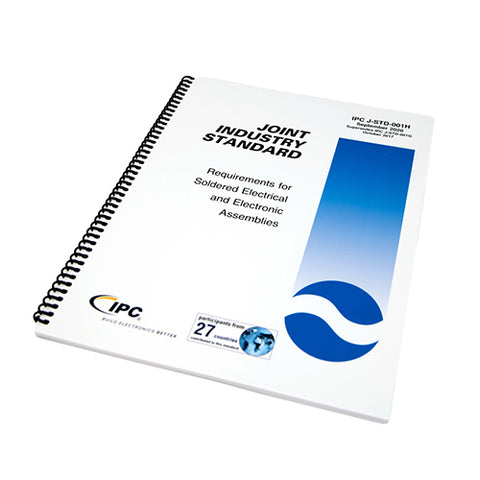

Learn from O’Donnell as he explains the Type II process, which primarily contains risk-class D space flight projects, or other space flight projects that do not get risk classified, and discusses the QA Requirements Tailoring Agreement. Listen as Moore shares stories of her personal experience with regard to requirements training.

Each decision is made within the context of the program and the amount of risk involved. The degree of tailoring depends, in part, on the complexity of an individual project, mission objectives and organizational responsibilities. Requirements tailoring is not a one-size-fits-all approach. Requirements tailoring offers an opportunity to weigh the benefits of streamlining requirements against the inherent risk involved in such a decision. NASA maintains a high level of technical discipline in documenting and adhering to program requirements. Tailoring SMA Requirements: Maintaining Technical Rigor While Applying Risk Rationale
#J STD 001G SPACESTATIN SYMBOL HOW TO#
Plante also will share project life cycle review deliverables that demonstrate how to proactively drive use of high-value QA practices. She will follow the Systems Engineering program and project life cycle model to define activities that begin during a program’s design, manufacturing and production, and operation phases and activities that occur throughout the program and project development process. Jeannette Plante, OSMA Quality technical fellow, will present key activities, processes and requirements as defined in the revised NPR 8735.2, providing the audience with an awareness and understanding of how to formulate and execute a successful Quality program for NASA’s programs and projects. This revised policy entails new Quality Assurance (QA) requirements and processes aligned around the Systems Engineering program and project life cycle model. The NASA Office of Safety and Mission Assurance (OSMA) recently released NPR 8735.2C, NASA’s Hardware Quality Assurance Program Requirements for Programs and Projects.

NASA’s Quality Assurance Program Life Cycle Activities Where applicable, the WSTC members certify Level A and Level B instructors who provide training on behalf of their Safety and Mission Assurance (SMA)-sponsored Workmanship training center and, where applicable, manage SMA-sponsored training centers. WSTC members can bring technical questions, concerns and issues to the Workmanship Standards Program for help and resolution, and can influence the program’s priorities. Together, the WSTC creates a consolidated recommendation for the Office of Safety and Mission Assurance for technical policy through the organizational leadership of the NASA Workmanship Standards program manager. These representatives have the responsibility for negotiating Workmanship technical policy on behalf of their center and for the greater benefit of the entire agency. The NASA Workmanship Standards Technical Committee (WSTC) is comprised of representatives and their back-ups from each of the NASA centers’ Safety and Mission Assurance Directorates. Workmanship Standards Technical Committee


 0 kommentar(er)
0 kommentar(er)
